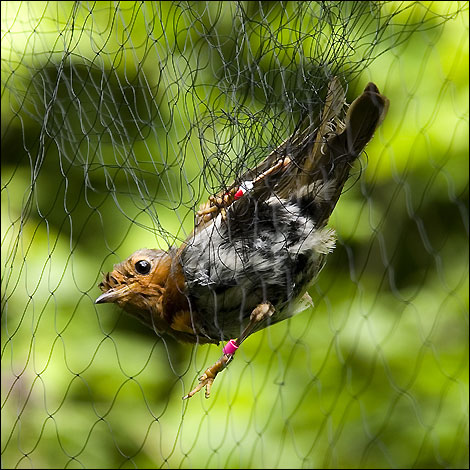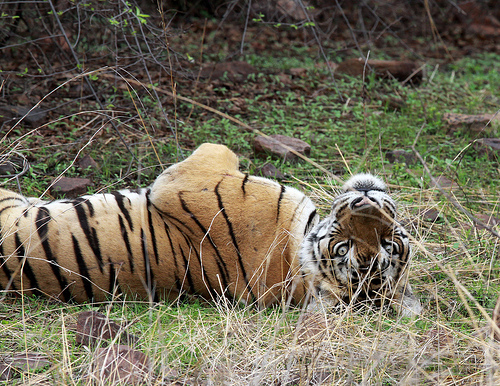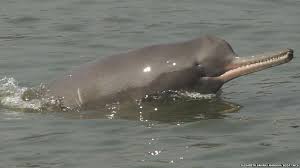CONSERVATION CONCERN: Tourism is undoubtedly an important sector of the Indian economy. However, when tourism begins to take a toll on our country’s natural heritage, it’s time we realign our priorities. One such tourist destination, where the effects of over-tourism are clearly visible, is the 60 km long coastline of East Midnapore in West Bengal, less than 200 km from Kolkata. Researchers have noted that the sudden spate in the tourism industry at popular tourist beaches on this coastline like Digha, Mandarmani, and Shankarpur has adversely affected the local turtle populations including the vulnerable olive ridleys.
Extensive development activity and unregulated tourism is a common site across India. The profitable turnover apart, we’re essentially turning a blind eye to the long term impact on the local ecology caused by such practices.
A recent study by World Wildlife Fund (WWF) on the status of marine turtles reports that intense tourism in Digha has resulted in the decline of turtle populations in the region. Based on information garnered from local people, the study also confirmed that the sea side resort town of Digha has not seen any nesting population of olive ridley turtles in the last five to six years.
The study, led by Punyasloke Bhadury, an ecologist at the Indian Institute of Science Education and Research in Kolkata, observed that activity of motor cars and other four wheelers along the Mandarmani beach has resulted in the rapid decline of nesting olive ridleys in the area.
Bhadury said that rampant tourism continues to pose a serious threat to nesting turtles along the coastal areas of East Midnapore. Moreover, he pointed out that tourism related development activity in Dadanpatrabar could also be affecting any nesting population of turtles in the area.
Counter-Erosion Measures Aggravate The Problem
Another major concern for ecologists is the construction of several unplanned measures to counter beach erosion, including planting casuarina trees along the coastline, and the erection of sea walls in places like Junput, Shankarpur, and Digha.
According to the WWF report, “The construction of dykes and embankments, as evident in the Junput coastal area, has adversely affected turtle migrations and nesting in the region.”
Fishing And Local Traditions Take Their Bite
During the study, researchers also discovered numerous carcasses of dead olive ridley turtles on the beaches of Dadanpatrabar, Junput, and Shankarpur. Interviews with local fishermen, (10-15 fishermen from each village), revealed that a majority of these dead turtles was a consequence of gill net trawling activities in the coastal and offshore waters in the Bay of Bengal.
According to local villagers, olive ridley turtles that are caught in fishing nets are extracted for their meat, which is subsequently sold to aquaculture farmers for use as fish feed. Moreover, the fisher folk also collect turtle eggs for consumption.
In a sickening revelation, it was also found that local inhabitants continue to practice an age-old custom of drinking the blood of marine turtles as a medicinal cure for diseases including high blood pressure.
Turtle Tourism
The WWF report suggests promotion of greater awareness about marine turtles among tourists visiting the region. The report also proposed the possibility of introducing wildlife tourism in the region, with special emphasis on turtle tourism. Such initiates would not only generate more revenue for turtle conservation, but also create job opportunities for the local communities.
The East Midnapore coastline extends all the way to Odisha, where lakhs of olive ridleys congregate annually for mass nesting along the beaches of Gahirmatha and neighbouring areas. Unless prompt and effective preventive measures are taken, the future of marine turtles visiting the East Midnapore coastal belt for nesting certainly looks bleak.
More Related Stories,
Octopus in Kerala Backwaters Puzzling Scientists
Interview: Tiasa Adhya, Fishing for the Fishing Cats
Abandoned Turtles Saved at Foster Homes
Image via cc/Flickr by NOAA’s national ocean service







2 thoughts on “Tourism At Nature’s Expense: Marine Turtle Populations At Risk”